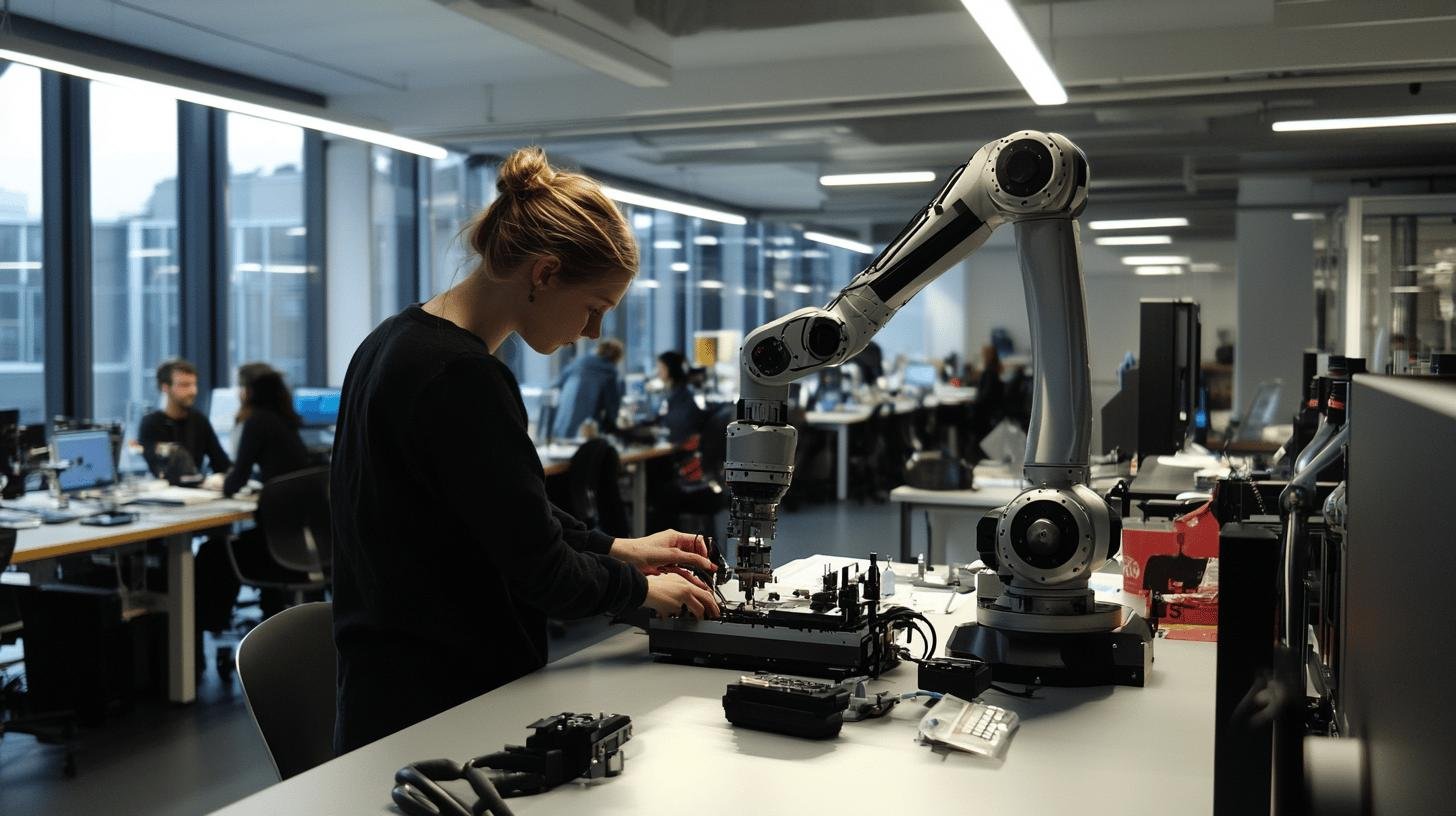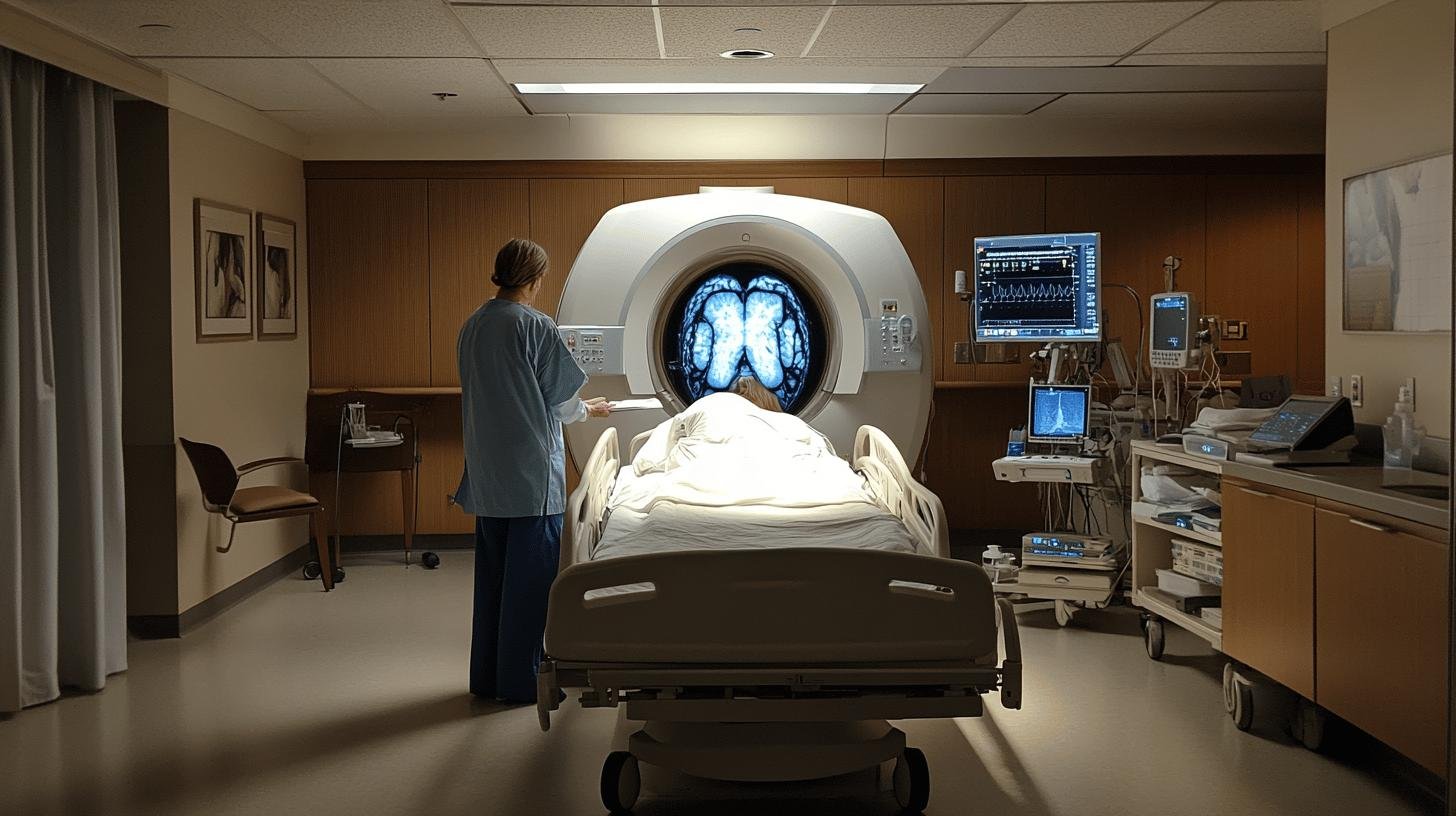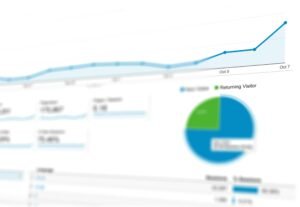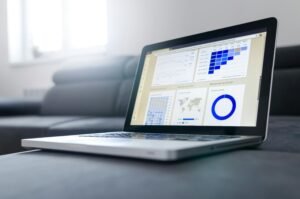Have you ever questioned if AI and humans can actually collaborate to create better decisions? Today’s decision-making process is changing as a result of the combination of AI technology and human wisdom. Think of AI as our unknowing superhero sidekick, improving every action and idea. AI is collaborating with humans in incredible ways, from improving healthcare to enhancing automobile intelligence! Are you prepared to learn more about technology and discover how human AI integration is changing the game? Hold on, things are about to get-interesting!
Understanding Human AI Integration
Have you ever thought about how combining AI with human intelligence improves things? That’s what human AI integration is all about: giving humans a superpower boost. Artificial intelligence (AI) processes large amounts of data quickly, while humans bring creativity and emotional intelligence. Together, they help us make faster, more accurate decisions. Imagine a world where your GPS not only finds the fastest route but also knows your favorite coffee stop. That’s AI and human decision-making collaborating effectively.
Now, how does this blend work in various fields? In healthcare, AI helps doctors diagnose diseases early by analyzing medical images. In transportation, self-driving cars learn from human drivers, making travel safer. For entertainment, AI designs video game characters that behave like real people. The core idea is that AI enhances human abilities, enabling us to perform tasks better and faster. It’s like having a personal assistant that never sleeps and continually learns.
Here’s where AI integration is making waves:
- Healthcare: early disease detection and personalized treatment plans.
- Transportation: safer, more efficient travel with autonomous vehicles.
- Education: tailored learning experiences for students.
- Entertainment: More immersive and interactive gaming and media.
- Finance: Improved risk assessment and fraud detection.
Benefits of Human AI Integration

So how does AI boost productivity? Human AI integration is like having a super-efficient assistant that never tires. It takes care of repetitive tasks, freeing us to focus on more creative and strategic work. For instance, AI can analyze data quickly, helping us identify trends faster and make timely decisions. This not only enhances productivity but also allows us to concentrate on human-centered tasks.
When it comes to jobs, AI isn’t just about automation. It creates new opportunities as well! Consider fields like data science and machine learning—careers that didn’t exist a few decades ago. This shift improves quality of life by providing more engaging jobs and moving away from routine tasks. In addition, AI promotes accessibility, making workplaces more inclusive for people with disabilities. The workforce is evolving to offer roles that emphasize human creativity and problem-solving skills.
But what about job displacement? It’s a concern for many. While some traditional roles are changing, it doesn’t mean jobs are disappearing. Instead, AI transforms how we work. New roles are emerging that need a mix of technical skills and human intuition. This means adapting and learning new skills, opening doors to exciting and fulfilling career paths.
Challenges and Ethical Considerations in Human AI Integration
Wonder what happens to your data with AI? A major concern is data privacy. AI systems need lots of data to learn and make smart decisions. Who ensures your info stays safe? Companies use encryption and strict access controls to protect data. Encryption scrambles your information so only authorized people can read it. Even if thieves get the data, they can’t decipher it. It’s crucial that companies constantly update these measures to outsmart hackers.
Now, let’s talk about algorithmic biases. What are they? Sometimes, AI systems pick up biases from the data they study. This can lead to unfair outcomes, like discrimination in hiring. If an AI system trains on biased data, it might favor one group over another. Developers must carefully select balanced data representing all groups to prevent this.
Transparency and inclusivity are crucial. Transparency means clearly explaining how systems work and make decisions, building trust. Inclusivity ensures that AI benefits everyone, not just a select few. Developers need to involve diverse voices in creating AI solutions to guarantee fairness and broad advantages.
How do we ensure AI behaves ethically? Guidelines! Ethical AI practices include fairness, accountability, and privacy protection. Fairness ensures no discrimination, while accountability assigns responsibility when things go wrong. Privacy protection, as mentioned, keeps your data safe. Companies should follow these guidelines to ensure AI is not just smart but also ethical, benefiting everyone.
Real-World Examples of Human AI Integration

Have you thought about how AI helps doctors diagnose diseases faster? AI scans medical images, spotting issues early. It’s like a super-smart assistant that never misses details. By using AI, doctors can catch diseases like cancer early, making treatment more effective. AI also predicts patient outcomes, allowing healthcare providers to tailor treatments more accurately, meaning better care and healthier patients!
In finance, AI changes the game by analyzing financial data to assess risks. It’s like having a tool that predicts market trends and warns you before things go south. AI aids decision-making by swiftly crunching numbers, helping investors make informed choices. It also detects fraud by spotting unusual transaction patterns, securing your money. This partnership ensures smarter investment strategies and enhanced financial security.
Marketing also benefits from AI. Imagine how your favorite streaming service knows what you want to watch next. AI personalizes customer experiences by analyzing preferences. This means ads and recommendations are more relevant, making shopping experiences smoother and more enjoyable. Companies use AI to understand customer needs better, enhancing satisfaction and loyalty.
Here’s where AI is making a splash:
- Law: streamlining legal research and contract analysis.
- Agriculture: Optimizing crop yields with predictive analytics.
- Manufacturing: Enhancing quality control and production efficiency.
- Healthcare: Improving patient diagnostics and treatment plans.
- Finance: Strengthening risk management and fraud detection.
Future Implications of Human AI Integration
Have you thought about AI enhancing our thinking abilities? AI can boost our cognitive skills, helping us solve complex puzzles. By processing data quickly, AI acts like a mega-brain booster, enabling faster thinking and uncovering connections we might miss. It’s like a calculator that also gives problem-solving tips, helping tackle big challenges from curing diseases to exploring space.
How will AI transform work? AI will transform workplace dynamics by enhancing collaboration. Think of AI as a colleague great at repetitive tasks, freeing you to focus on creative projects. With AI handling data, predicting trends, and facilitating quicker decision-making, industries can innovate at a faster pace. This leads to more personalized products, faster services, and happier customers.
Looking ahead, how will AI and humans coexist? The evolution of human-machine relationships will redefine societal roles. As AI integrates into daily life, our interaction with technology will change. We’ll rely on AI for tasks we never thought possible, like personalizing education or enhancing memory. This shift requires us to reconsider what it means to be human, highlighting our unique qualities with new roles and skills.
- AI will help us tackle more complex problems.
- Workplaces will become more collaborative with AI.
- AI will redefine roles in society and industries.
- Education will become more personalized with AI assistance.
- AI will enhance human memory and learning capabilities.
Conclusion
Human AI integration is more than merging tech with brains. It’s transforming how we make choices and boosting what we can achieve. We’ve seen AI redefine fields like healthcare and business, amping up productivity and sparking new job markets.
Yet, challenges paint the picture too. Ethical puzzles and privacy hiccups remind us tech needs a heart. Real-world examples show us how AI’s already reshaping industries and the future. It’s teeming with promise.
Embracing AI with open arms and critical minds can lead to a brighter, more connected world.
FAQ
What is human-AI integration?
Human-AI integration is the merging of artificial intelligence with human abilities. This combo boosts decision-making and human potential. It’s transforming fields like healthcare by amplifying efficiency and accuracy.
How can humans and AI work together?
Humans and AI can team up by combining their strengths. AI handles data-heavy tasks, while humans provide insight and creativity. This partnership enhances productivity and decision-making across many sectors.
What is it called when humans merge with AI?
Merging humans with AI is often called human-AI collaboration. It involves working together to achieve goals, blending the best of both human and AI capabilities.
What is the integration of AI?
AI integration refers to embedding AI technologies into various processes and systems. It enhances capabilities and adds value by improving decision-making, efficiency, and outcomes across industries.
Can you give some examples of human-AI collaboration?
Sure thing! Look at AI’s role in diagnostics in medicine, risk assessment in finance, personalized marketing strategies, and even legal and agricultural applications. It’s reshaping these fields with greater precision and efficiency.




